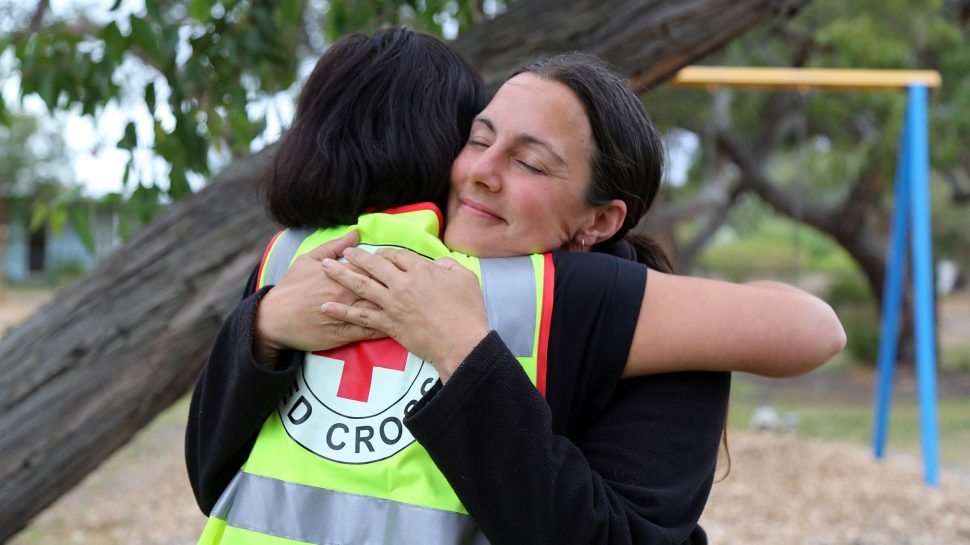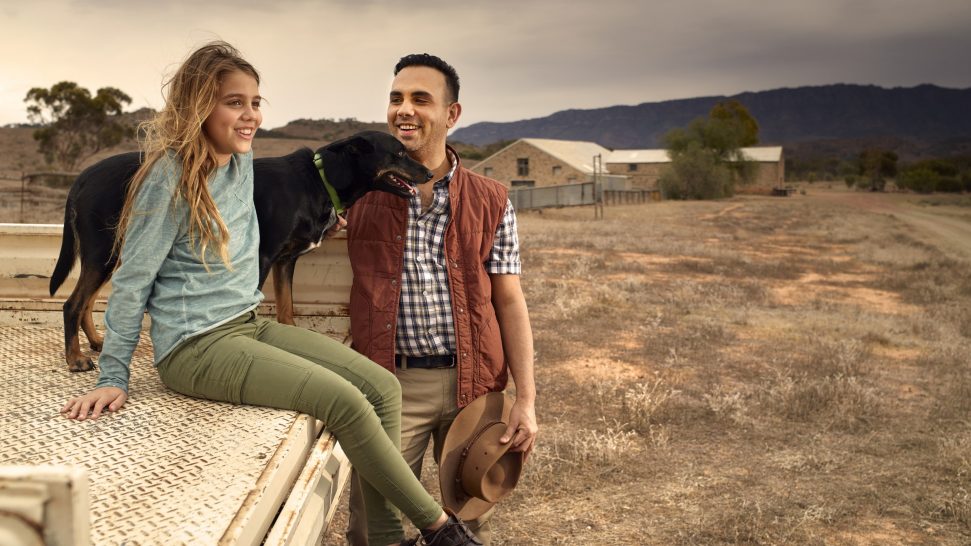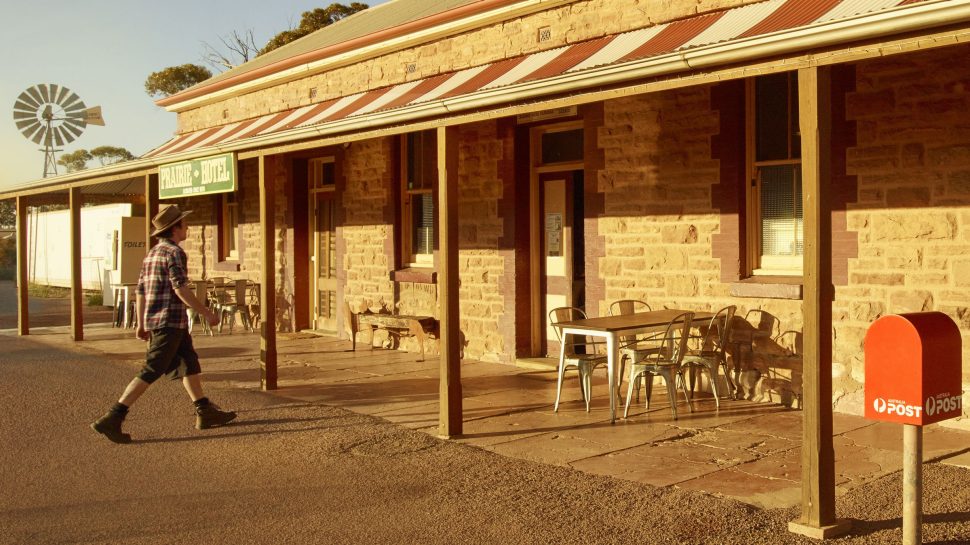Helping Australian communities heal and recover from disaster
Recovering from a natural disaster takes resilience, strategic thinking and above all, the power of community. John Richardson from the Australian Red Cross talks about his experience on the ground.

John Richardson has worked in disaster recovery for 23 years. After the Black Saturday bushfires, he travelled to Strathewen, a small town an hour north-east of Melbourne. The fire had claimed the entire town and 27 of its 200 residents. The loss and grief were palpable - but there was also hope.
John found the Strathewen community had come together, initially for comfort and social connection, but then to manage their own recovery rather than rely on outside help. It was, he says, a fantastic example of community resilience and a clear sign of the potential to recover from disaster.
John is currently the National Preparedness Coordinator at Australian Red Cross. He has coordinated many recovery missions during his career, including the Bali bombings and the Alpine and Grampians bushfires.
What he has witnessed many times over, is how strategic thinking and long-term planning can help communities heal and recover from disaster.
“The impact of disaster is complex and destructive,” he says. “It lingers for a long time, so we have to think about what that means for people’s lives. One of our challenges is that people often want recovery to happen really quickly, which is both natural and counter-intuitive.
“There’s a strong desire to get better but healing takes time. And things may never go back to exactly the way they were before. Recovery can be the second disaster if it’s not done right.”
Walking together after a disaster
According to John, communities with a vibrant economy, good facilities, well-supported sporting teams and residents who contribute to local life, possess an ability to bounce back fairly quickly. However, he cautions, disaster recovery is a long-term commitment.
“There’s no quick and easy fix. We have to walk with these communities for years. But they also have their own strengths and we must recognise those strengths when they come to the fore. This is one way of helping them manage their recovery.”
Post Offices also play a key role in disaster recovery. This was evident in Bateman’s Bay during the Black Summer fires of 2019-20.
The beachside town’s Post Office became a community hub throughout the disaster response. Locals streamed in to get information and charge their phones but mainly to talk to familiar faces behind the counter.
“The Post Office staff are critical connectors because they have their finger on the pulse of everything that goes on,” John says. “In a disaster, we look to the familiar and that’s the Post Office.
“I remember being in a town after Black Saturday. It was shrouded in a sepia tone but right in the middle was a bright red Post Box. That’s how significant Australia Post is in the community.”
Partnering for disaster recovery
During the bushfires and floods last year, Australians from all over the country stepped forward to help those who had lost everything. In regional towns, Post Office staff witnessed the power of community in helping survivors get back on their feet.
Australia Post has worked closely with Australian Red Cross in responding to disasters for many years. In the 2018 drought, we raised funds and provided additional financial assistance to impacted communities.
During the Black Summer bushfires, we collected community donations for the Red Cross Disaster Response and Recovery Fund in our Post Offices and through our website.
Australia’s generosity contributed more than $1.4m to the total donations received by Red Cross for communities recovering from the bushfires. This enabled thousands of people to make ends meet, rebuild their homes and access mental health support.
Australia Post has also helped spread the word about Red Cross’ recovery grants so more people could receive much-needed financial aid.
In 2020, we became a proud National Community Partner of Red Cross and together, we’re working together to support Australians during hard times.
“The best comes out in people during a disaster,” said Anita Britcher, General Manager QLD & NT for Community & Consumer at Australia Post. “And we’ve seen first-hand how strong communities can be when they’re empowered and informed.”
We’re continuing to fundraise at participating Post Offices this year.1 These funds will go towards:
- rapidly deploying support teams and providing support at evacuation and relief centres;
- providing comfort, care and psychological first aid to people who have been impacted by disaster;
- supporting recovery and check in programs over the longer term for communities who getting back on their feet; and
- assisting communities to be better prepared for future disasters.
Andrew Coghlan, Head of Emergency Services at Red Cross, says, “Donating at your Post Office will help Red Cross emergency teams be there for everyone during and long after a disaster.”
Related articles

How prepared are you and your business in the face of disaster?

Why community connections matter more than ever

